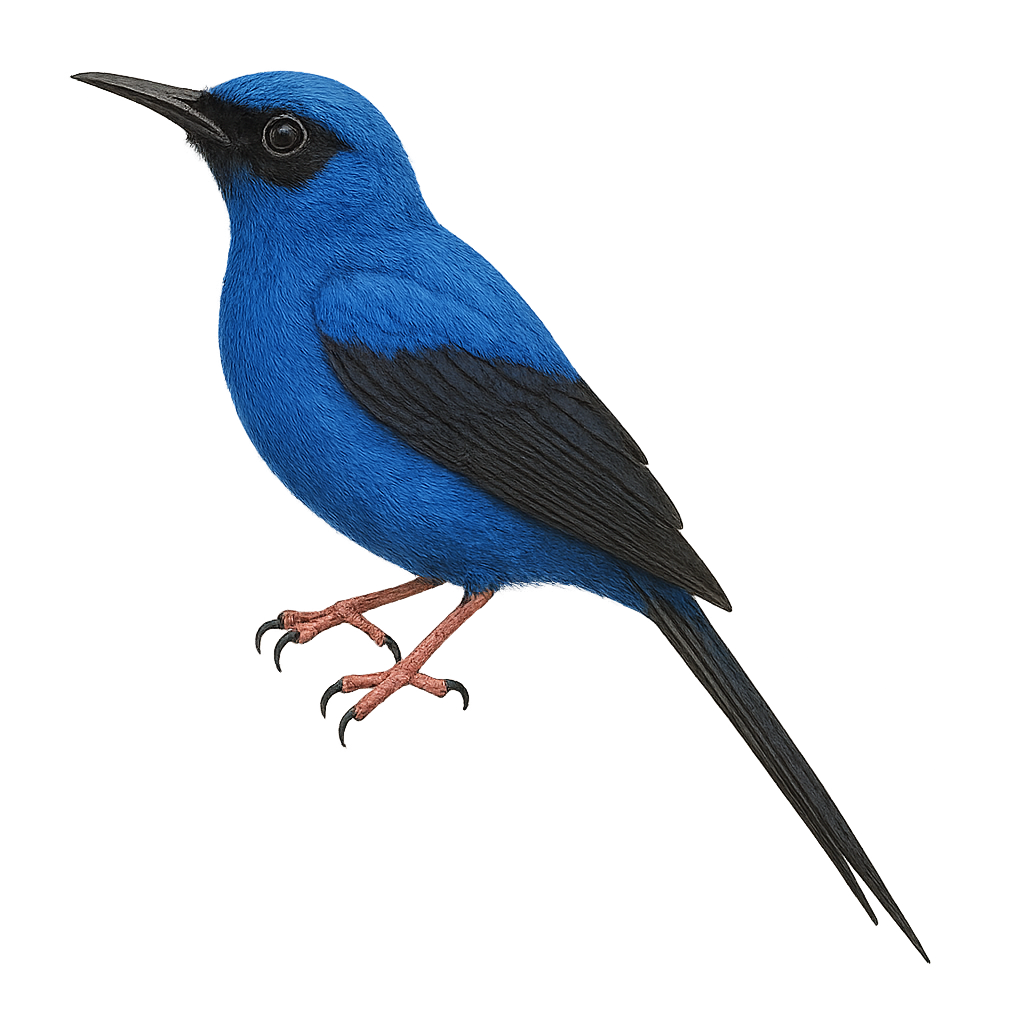Your wildlife photography guide.
Explore the shining honeycreeper in detail, study its behavior, prepare your shots.
Where to observe and photograph the shining honeycreeper in the wild
Learn where and when to spot the shining honeycreeper in the wild, how to identify the species based on distinctive features, and what natural environments it inhabits. The WildlifePhotographer app offers tailored photography tips that reflect the shining honeycreeper’s behavior, helping you capture better wildlife images. Explore the full species profile for key information including description, habitat, active periods, and approach techniques.
Shining Honeycreeper
Scientific name: Cyanerpes nitidus

IUCN Status: Least Concern
Family: THRAUPIDAE
Group: Birds
Sensitivity to human approach: Suspicious
Minimum approach distance: 5 m
Courtship display: November to December
Incubation: 13-15 jours
Hatchings: November to January
Habitat:
humid tropical forests, forest edges, plantations
Activity period :
Primarily active during the day, with peak activity in the morning and late afternoon.
Identification and description:
The Shining Honeycreeper, Cyanerpes nitidus, is a small, vibrant tropical bird, primarily electric blue with black wings and tail. Males display a striking plumage, while females are generally duller, with green and yellow hues. This bird is commonly found in the humid tropical forests of South America, particularly in Brazil, Colombia, and Venezuela. It primarily feeds on nectar but also consumes insects and fruits. Its slender, curved beak is perfectly adapted for extracting nectar from flowers. The Shining Honeycreeper is an active and social bird, often seen in small groups or pairs.
Recommended lens:
400 mm – adjust based on distance, desired framing (portrait or habitat), and approach conditions.
Photography tips:
To photograph the Shining Honeycreeper, opt for early morning hours when the light is soft. Use a telephoto lens of 400mm or more to capture precise details without disturbing the bird. Look for areas where flowers are abundant, as these birds are often attracted there. Be patient and discreet, as although they are social, they can be suspicious of humans.
The WildlifePhotographer App is coming soon!
Be the first to explore the best nature spots, track rutting seasons, log your observations, and observe more wildlife.
Already 1 429 wildlife lovers subscribed worldwide

